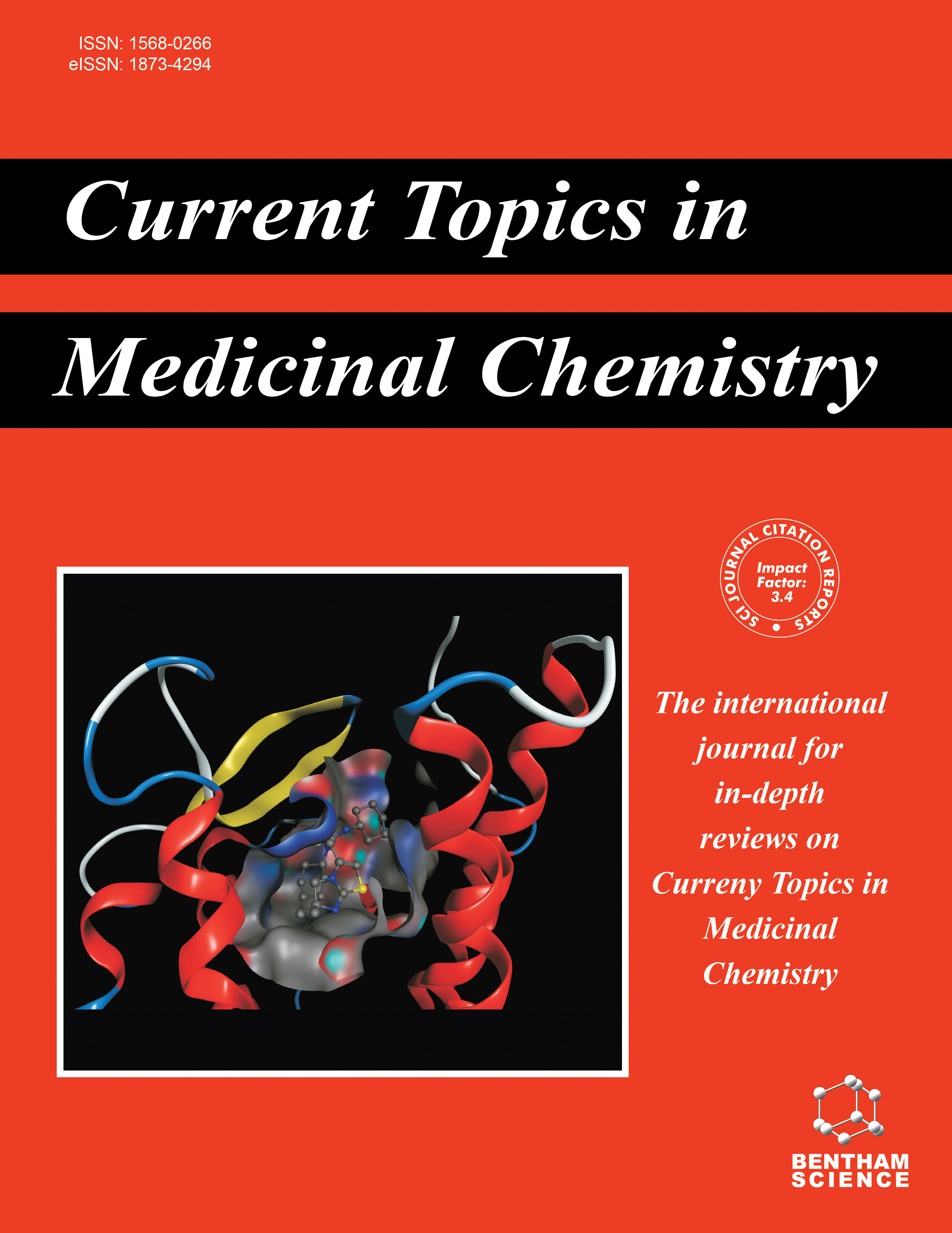
Full text loading...

This study aims to establish a novel, straightforward, and reliable UPLC-MS method for determining the stability and impurity profile of Nirogacestat under various stress conditions, in accordance with ICH guidelines. The stability of Nirogacestat was investigated under various stress conditions, including acid/base hydrolysis, oxidation (H2O2), photolysis, reduction, and thermal degradation. This research addresses the need for a validated, stability-indicating method that performs reliably across key analytical parameters, thereby contributing to pharmaceutical quality assurance.
Stress testing was performed by exposing Nirogacestat to various degradation conditions, including acid (0.1 and 1N HCl), base (NaOH), oxidative (30% H2O2), thermal (105°C), photolytic, and reductive environments. The mobile phase consisted of acetonitrile and 0.1% triethylamine/formic acid, adjusted to pH 2.5 in a 30:70 (v/v) ratio. Chromatographic separation was achieved using an Acquity UPLC BEH Shield RP-18 column (50 × 1.0 mm, 1.7 µm), with a flow rate of 0.5 mL/min and detection at 251 nm. Linearity was evaluated over a concentration range of 0.25 to 1.5 µg/mL. Validation studies assessed parameters such as selectivity, linearity, accuracy, precision, robustness, and solution stability.
The method demonstrated excellent linearity (r2 = 0.999), with peak area directly proportional to concentration within the studied range. All validation parameters were within acceptable limits. Forced degradation studies revealed distinct degradation products under each stress condition. Notably, alkaline degradation resulted in the least degradation, while acid, peroxide, photolytic, thermal, and reductive conditions produced a variety of degradation products. These were effectively separated from Nirogacestat using the developed method. The relative retention times for Nirogacestat and its impurities remained consistent, and mass spectrometry confirmed the identities of the degradation products.
The validated UPLC-MS method exhibited high sensitivity, selectivity, and robustness in detecting Nirogacestat and its impurities. It effectively distinguishes degradation products even within complex matrices and fully complies with ICH guidelines for analytical method validation. The degradation profile of Nirogacestat under various stress conditions provides critical insights into its stability behavior, which is essential for formulation development and regulatory compliance. The successful separation and identification of degradation products further underscore the method’s applicability as a stability-indicating assay.
The developed UPLC-MS method is the first validated stability-indicating technique for Nirogacestat, offering comprehensive impurity profiling. It is precise, accurate, linear, and robust, making it highly suitable for routine quality control and regulatory submission. This method enables the reliable detection of degradation products, thereby enhancing the safety and efficacy profile of Nirogacestat in pharmaceutical preparations.